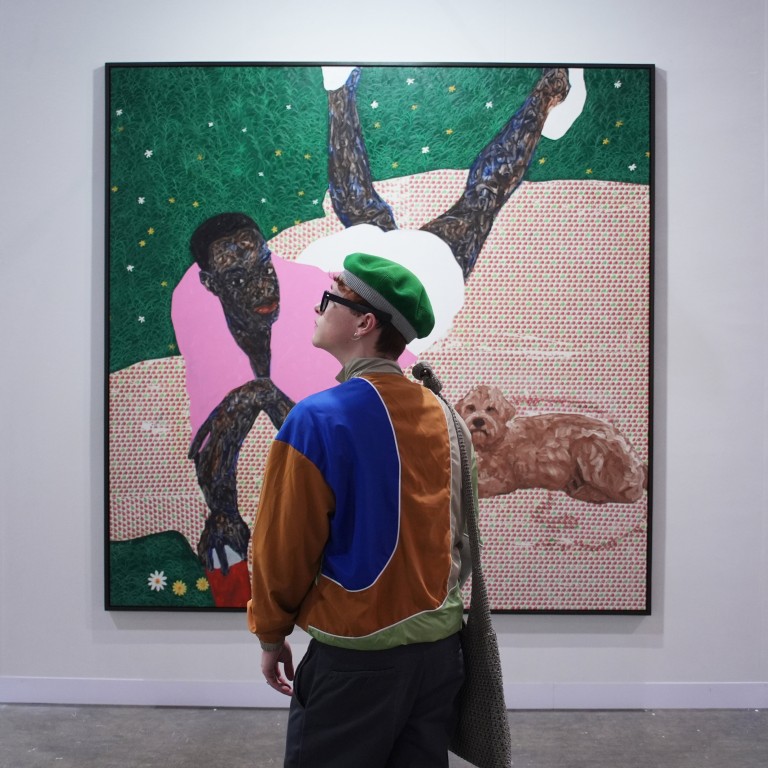How to build an art collection from scratch: research, educate yourself, but ultimately follow your gut – say the experts converting a love of culture into a prize investment

- ‘Learn about different styles, artists and trends,’ advises Woaw Gallery’s Kevin Poon, adding that it’s a good idea to check whether an artist has exhibited at reputable galleries or museums
- Hauser & Wirth’s Elaine Kwok says that collecting should be more about passion than the bottom line, while the Sunpride Foundation’s Patrick Sun advises doing your homework as well as buying what you love
This, of course, can be done on a small scale or, if finances allow, with a view to making a bigger splash. But, as the experts are quick to point out, every first-time buyer, no matter their circumstances and preferences, should bear in mind a number of cardinal rules. Being guided by these will make it easier to avoid missteps and, ultimately, derive more pleasure and interest from the whole experience.
Top of the list are two principles that apply across the board: educate yourself, and don’t rush in.

As part of the process, Poon recommends, pay attention to the size, medium and general subject matter of what most appeals to you. When the time comes, a good rule of thumb is to “buy what you love”, because art is subjective and that makes it important to listen to personal instincts and identify works that bring joy or evoke special emotions.
“However, before making a purchase, it still makes sense to research the artist’s background, reputation and creative journey,” Poon said. “Look for consistency in their work and whether they have exhibited at reputable galleries or museums. This information can help in assessing the potential value and significance of an artwork.”

Poon emphasises too the need for practicalities. That means establishing a budget, which helps to define the options and prevents the temptation to overspend. Also, if a purchase is agreed on, an owner should take into account any additional costs for framing, shipping or insurance.
When buying an original artwork, it is advisable to ask for certificates of authenticity and any supporting documentation that confirms the work’s provenance and history. Doing so helps to ensure legitimacy and can add value in the years ahead.